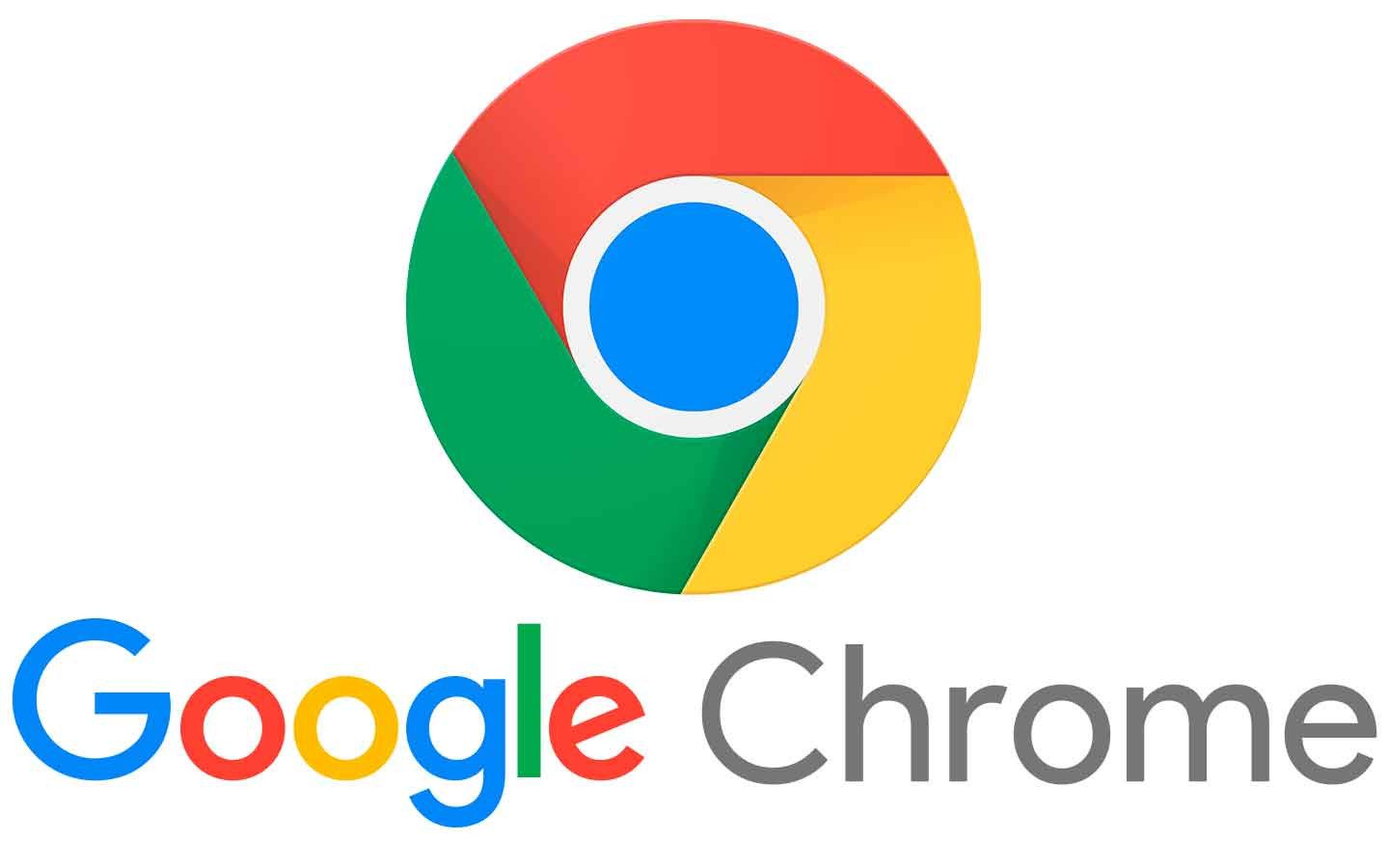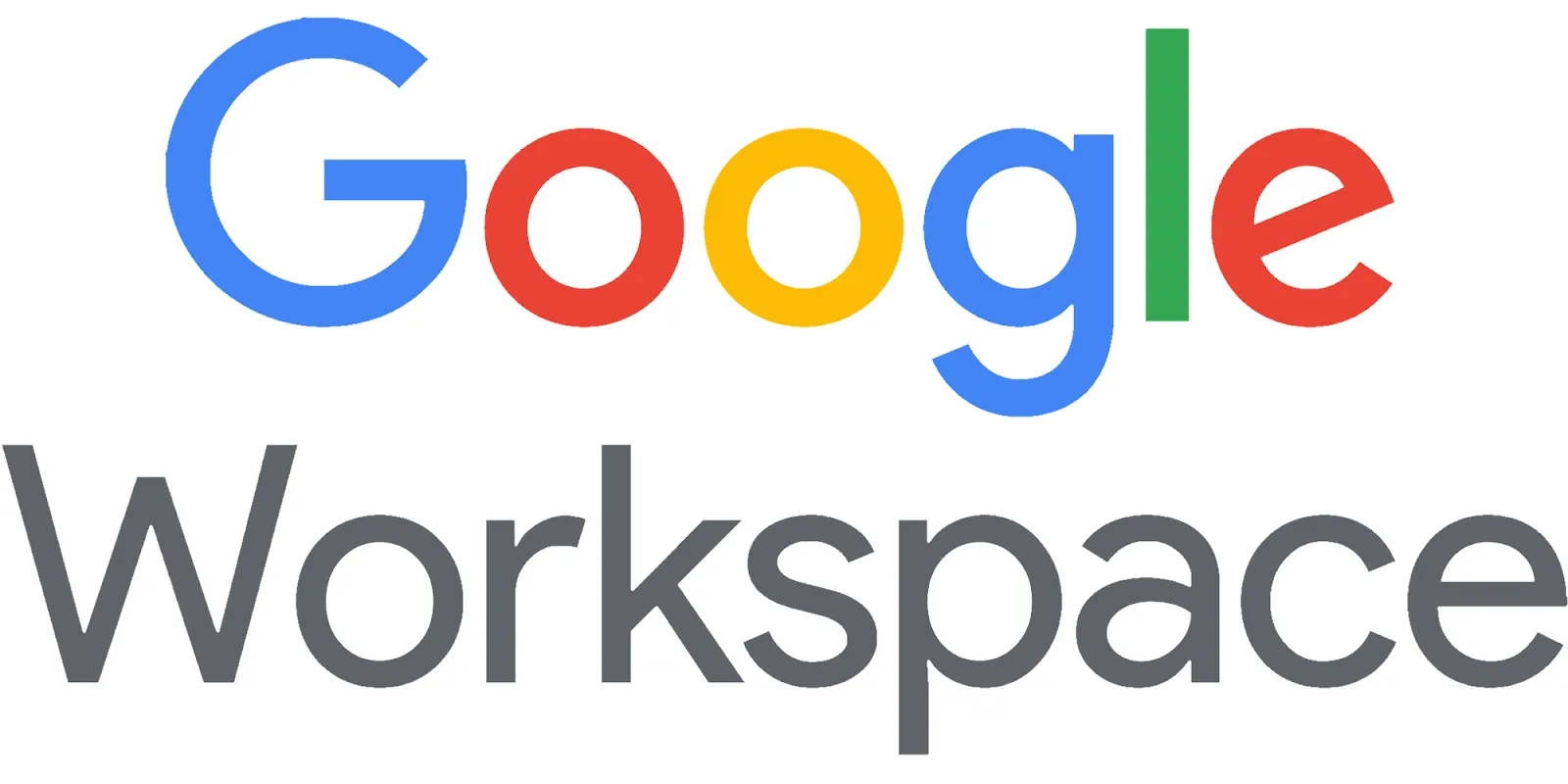120Hz iPhones: A New Era in Display Technology

120Hz iPhones: A New Era in Display Technology
Introduction
Apple has always been at the forefront of innovation, consistently pushing the boundaries of mobile technology. One of the most notable advancements in recent years is the introduction of 120Hz displays in iPhones. The iPhone 13 Pro and iPhone 13 Pro Max, released in 2021, were the first iPhones to feature 120Hz refresh rates, marking a new era in user experience. But what does 120Hz really mean, and how does it affect daily usage?
This article dives deep into the world of 120Hz iPhones, exploring the technology behind it, its impact on performance, battery life, gaming, and productivity, as well as how it compares to other smartphone displays. We will also consider whether 120Hz is truly necessary for the average user or if it’s more of a luxury for tech enthusiasts and gamers.
Understanding 120Hz: What Does It Mean?
In simple terms, "Hz" refers to the refresh rate of a display, which is the number of times the screen updates its image per second. For example, a 60Hz display refreshes 60 times per second, while a 120Hz display refreshes 120 times per second. The higher the refresh rate, the smoother and more fluid animations and motion appear on the screen. In a 120Hz iPhone, everything from scrolling through apps to playing high-action games feels significantly more responsive and smooth.
While 60Hz has been the standard refresh rate for most smartphones and displays for years, the shift towards higher refresh rates is driven by advancements in technology and growing consumer demand for more immersive and responsive experiences.
The Rise of High Refresh Rate Displays in Smartphones
120Hz displays are not unique to iPhones. The trend towards high refresh rate screens began with gaming monitors and was soon adopted by smartphones, particularly in the Android world. Brands like Samsung, OnePlus, and Xiaomi were early adopters of 90Hz and 120Hz displays, particularly in their flagship and gaming-centric models. Apple, known for waiting until a technology is fully refined before implementing it, introduced its 120Hz ProMotion display with the iPhone 13 Pro series.
ProMotion, Apple's term for its 120Hz technology, isn’t just about higher refresh rates. It’s about intelligently adjusting the refresh rate based on the content being displayed. This adaptive refresh rate allows for both the smoothness of 120Hz and the battery-saving benefits of lower refresh rates when higher speeds aren't necessary.
How 120Hz Affects Daily Usage
The benefits of 120Hz displays become apparent the moment you start using a compatible iPhone. Whether you’re scrolling through a social media feed, browsing the web, or simply navigating between apps, everything feels more fluid and responsive. This isn’t just a subtle improvement; it's a noticeable upgrade that makes interacting with the device feel much more intuitive and smooth.
1. Scrolling and Navigation
One of the most immediate benefits of a 120Hz display is seen in how the iPhone handles everyday tasks like scrolling through apps or web pages. The higher refresh rate allows for smoother transitions and faster response times. The experience feels effortless, with no lag or stuttering, even when scrolling through long pages or navigating between multiple apps.
2. Gaming Experience
For gamers, a 120Hz display can be a game changer—quite literally. Games that support high frame rates take full advantage of the 120Hz screen, offering a smoother and more immersive experience. Whether it’s a fast-paced shooter or a graphically intensive role-playing game, the higher refresh rate translates into quicker reactions and more precise controls.
However, not all games are optimized for 120Hz, and performance also depends on other factors like the game’s engine and the iPhone’s hardware. Still, for those who take mobile gaming seriously, the 120Hz iPhone offers one of the best experiences on the market.
3. Productivity and Creative Work
The benefits of a 120Hz display extend beyond gaming. For professionals who use their iPhones for creative work, such as video editing, graphic design, or even writing and note-taking, the increased refresh rate makes the experience more responsive and precise. Tasks like editing video timelines or zooming in and out of detailed graphics feel smoother and more natural.
ProMotion: Apple’s Take on 120Hz
Apple's implementation of 120Hz is more than just about cranking up the refresh rate. With ProMotion technology, the iPhone dynamically adjusts the refresh rate based on what’s on the screen. This means that the display only runs at 120Hz when it's needed—like during fast-paced animations, gaming, or scrolling. When you're reading a static page or watching a movie at 24 frames per second, the refresh rate drops to conserve battery life.
This adaptive refresh rate is a key advantage of Apple's ProMotion technology. It allows users to enjoy the benefits of 120Hz without sacrificing battery life. This intelligent balance between performance and power efficiency is what sets Apple's implementation of 120Hz apart from other manufacturers that may offer fixed high refresh rates.
Battery Life: Does 120Hz Drain Your iPhone?
One of the main concerns with higher refresh rate displays is their impact on battery life. A screen refreshing at 120Hz consumes more power than one refreshing at 60Hz. However, thanks to ProMotion’s adaptive refresh rate, Apple has managed to mitigate some of the potential battery drain. By reducing the refresh rate when 120Hz isn’t needed, the iPhone can preserve battery life without sacrificing performance when it matters most.
Additionally, the iPhone 13 Pro and iPhone 14 Pro models come equipped with larger batteries compared to previous generations, which helps offset any increased power consumption from the 120Hz display. Early adopters and reviewers have noted that battery life remains solid, even with ProMotion enabled, making this one of the most balanced implementations of high refresh rate displays on the market.
Comparison with 60Hz and 90Hz Displays
To understand the full impact of 120Hz, it’s important to compare it with lower refresh rates. While 60Hz displays are still the norm for most smartphones, many high-end Android devices now feature 90Hz or 120Hz displays. The jump from 60Hz to 90Hz is noticeable, but the leap to 120Hz is where the real magic happens.
1. 60Hz vs. 120Hz
At 60Hz, displays refresh 60 times per second, which is sufficient for most tasks. However, when compared side by side with a 120Hz display, the difference in smoothness is clear. Animations, scrolling, and transitions all feel more fluid on a 120Hz screen. Once you’ve experienced 120Hz, going back to 60Hz can feel jarring and less responsive.
2. 90Hz vs. 120Hz
90Hz displays offer a middle ground between 60Hz and 120Hz. The jump from 60Hz to 90Hz is significant, but the difference between 90Hz and 120Hz is less dramatic. That said, 120Hz still provides the smoothest experience, especially in fast-moving content like games or videos. For those who prioritize performance and fluidity, 120Hz is the ideal choice.
Which iPhones Support 120Hz?
Not all iPhones have 120Hz displays. The feature was first introduced with the iPhone 13 Pro and iPhone 13 Pro Max in 2021. The iPhone 14 Pro and iPhone 14 Pro Max, released in 2022, also come with ProMotion and 120Hz screens. However, the non-Pro models—such as the iPhone 13 and iPhone 14—continue to feature 60Hz displays.
For users who prioritize smoothness and responsiveness, the Pro models with 120Hz are the obvious choice. However, for those who are less concerned with refresh rates and more focused on value for money, the non-Pro models still offer excellent performance with their 60Hz screens.
Is 120Hz Necessary?
While 120Hz is a significant upgrade, it’s not essential for everyone. For users who primarily use their phones for basic tasks like texting, calling, and browsing, the difference between 60Hz and 120Hz might not be worth the extra cost. However, for gamers, creatives, or anyone who values a premium visual experience, 120Hz can be a game changer.
The question of necessity comes down to personal preference and use case. If you’re someone who appreciates smooth animations, enjoys high-performance gaming, or uses your iPhone for professional work, the investment in a 120Hz iPhone is likely worth it. For more casual users, the 60Hz displays on the standard iPhone models are still more than capable of delivering a great experience.
Conclusion
The introduction of 120Hz displays in iPhones marks a new era










Comments
Post a Comment